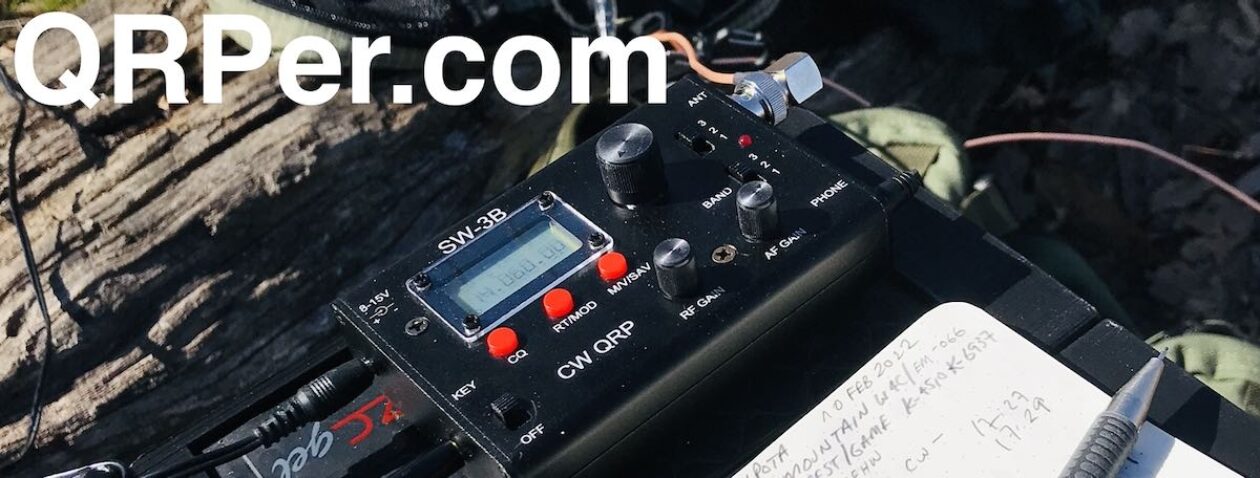Many thanks to Bob (K4RLC) for the following guest post:
Field Trip to Greece: September & October 2023
Bob (K4RLC)
 A trip to Greece had been on the bucket list for my YL Alanna K4AAC and me for several years. In fact, we had to postpone the trip twice due to COVID. An opportunity arose to take a unique trip to Greece with the University of North Carolina – Chapel Hill, rather than a more touristy cruise. It’s always good to have fellow Tar Heels around, to share experiences.
A trip to Greece had been on the bucket list for my YL Alanna K4AAC and me for several years. In fact, we had to postpone the trip twice due to COVID. An opportunity arose to take a unique trip to Greece with the University of North Carolina – Chapel Hill, rather than a more touristy cruise. It’s always good to have fellow Tar Heels around, to share experiences.
This trip involved a few days in Athens, seeing the classic archeologic sites such as the Parthenon and the Acropolis, as well as exploring the packed downtown markets, such as Plaka and Monasteraki Square. Then the group would travel to the South of Greece on the Peloponnesian Peninsula staying in a fishing village called Gytheio, founded in the 5th Century BC, and port to the Spartan warriors. From there, there would be day trips to historic sites. These included a trip to Areopoli, where the Greek revolution against the Turks started in 1821. Another trip would be to Monemvasia, an island fortress founded in 50 AD. Other trips would be to Mystras (the last outpost of the Byzantine Empire) and ancient Sparta. On the return trip to Athens for departure, the tour would stop in Ancient Corinth, which had been civilized by the Greeks by the 8th century BCE and where the Apostle Paul preached ethics to this Sin City of ancient Greece.
As I had taken the KX1 and KX2 to various places overseas, I, of course, wanted to operate portable radio in Greece. Past treasured memories included enjoyment operating with the KX1 on Suomenlinna Island, in the Bay of Finland, and with the KX2 in various Caribbean sites, including St. Lucia in 2019.
One of the first things I did was to consult the SOTA Summits Database for peaks we might be near. In the Peloponnesian (PL) region, there are about 180 sites, many of which had never been activated. Once we got there, we found out why. The peninsula is extremely mountainous, with steep barren peaks up to 4000 feet, rising quickly from the shore. In fact, talking with Cristos, our guide in Areopoli and a local young man, he said that he and his friends would hike about 6 to 8 hours to a summit, then spend the night in a cave before returning home. Obviously, this would not fit in with our somewhat rigid tour schedule.


I was very excited to see that Mt. Mystras, where we would visit, also was a SOTA site (SV/PL-012), as well as a UNESCO World Heritage Centre.
I found it curious that Mystras had not been activated since 2017. I found the name of the last ham who had activated this site, and took a chance of sending him an email at his QRZ address. I was very pleased to get a nice reply from Cristos (a common name in Greece, named after Saint, or “Agios” Christopher), who said that he lived in the north of Greece some distance away and had not been back. I asked him if he had to seek permission to activate there. Cristos said they just didn’t ask anybody, but that I should be “careful of the guards” as I’m not a local.
I took his caution under advisement and reached out to the Greek Radio Union. I received a very nice email from Takis, Vice President of the Greek Radio Union. He advised me that my call sign on the Peloponnesian peninsula would be SV3/K4RLC/P. That is, in Greece the geographic location of operation still matters, while it doesn’t in the United States. And I also should use the designator P, identifying as a portable station. Takis went on to write that radio operation in many the archaeological sites is now “prohibited” by the Greek Ministry of Culture and Antiquities. I filed that away for consideration.
The tour was culturally enriching, taking in the incredibly long and complex history of each ancient site we explored. Just as memorable, we were extremely well fed with local cuisine, including fresh fish caught that day, especially eating by the water in Limeni on the West Coast of the Mani Peninsula. I have to admit we ate spanakopita at least once for 10 consecutive days (it’s even served at breakfast)!
The trip to Mystras also included a trip to ancient Sparta, civilized in the 6th and 5th centuries BC. We were fortunate to have an archaeologist who is currently excavating Sparta as a guide to the fascinating history here. On the trip to Mystras, three miles to the west of Sparta, the bus stopped at the tavern where we would return to eat later that afternoon, for a pre-tour bathroom break. Bathrooms are few and far between in ancient sites, and most of our group could be considered geriatric and needed proximity to a bathroom. Mystras is a 682 meter sharp peak over the town (see photo). Continue reading Bob pairs the KX2 and AX1 for ultralight travel-friendly SOTA in Greece























































